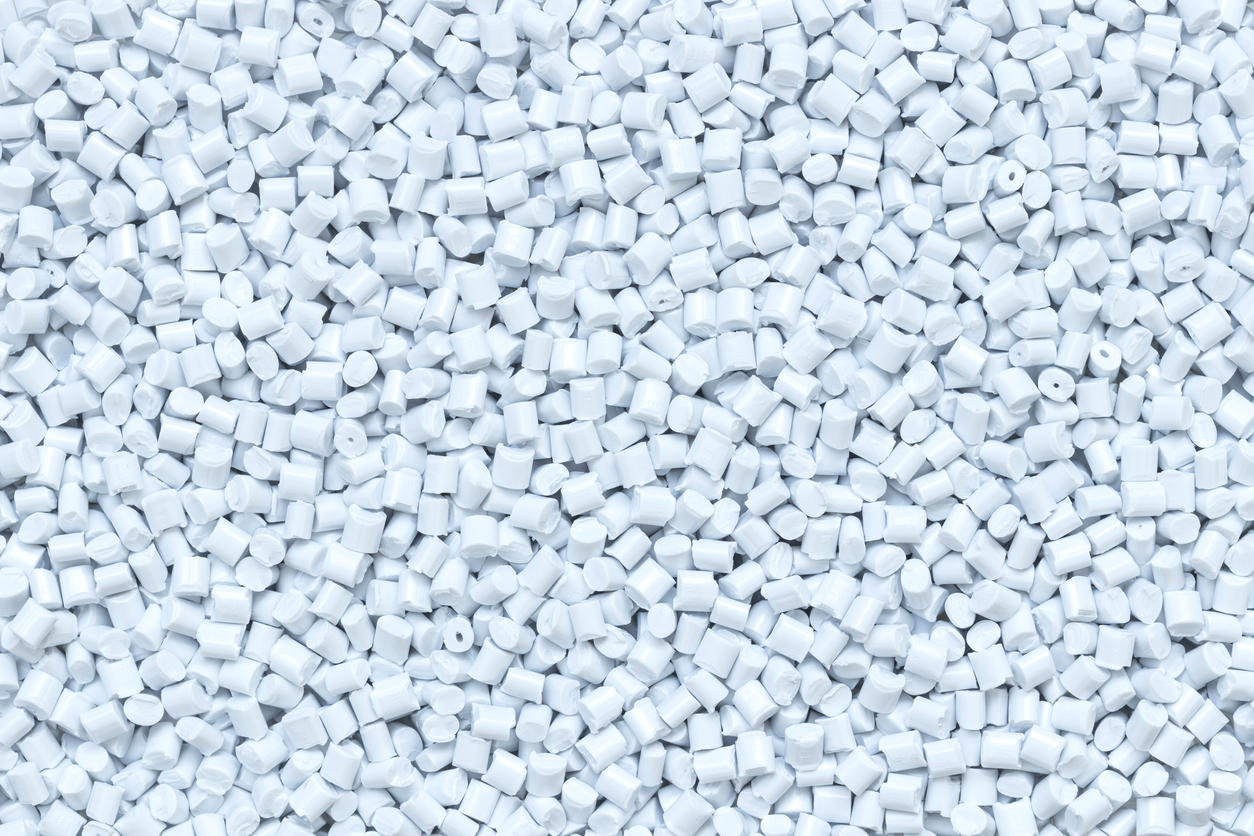Understanding Crude Palm Oil (CPO): The Role of Beta-Carotene in Its Reddish Hue
Crude Palm Oil (CPO) is a vital ingredient in various industries, from food production to cosmetics and biofuels. One of the most distinctive characteristics of CPO is its rich, reddish hue. Unlike many other edible oils, CPO’s unique color is not the result of artificial additives but is due to its natural composition. The vibrant reddish-orange color of Crude Palm Oil comes from its high content of beta-carotene, a powerful antioxidant with numerous health benefits.
At Wigmore Trading, we specialize in sourcing and distributing high-quality Crude Palm Oil. In this article, we’ll explore the science behind CPO’s natural color, the role of beta-carotene, and the benefits of this essential nutrient.
What is Crude Palm Oil (CPO)?
Crude Palm Oil (CPO) is an unrefined oil extracted from the fruit of the oil palm tree (Elaeis guineensis). It is one of the most widely produced and consumed vegetable oils globally, known for its versatility and economic importance. CPO is used in a wide range of products, including cooking oils, margarine, shortening, soaps, detergents, and even as a raw material for biofuels.
One of the most distinctive features of Crude Palm Oil is its reddish-orange color, which sets it apart from other edible oils. This color is not only an aesthetic feature but also a marker of the oil’s nutritional content.
Why is Crude Palm Oil Naturally Reddish? The Role of Beta-Carotene
The reddish hue of Crude Palm Oil is primarily due to its high content of beta-carotene, a naturally occurring pigment that is part of the carotenoid family. Beta-carotene is responsible for the vibrant colors found in various fruits and vegetables, such as carrots, sweet potatoes, and pumpkins. In the case of Crude Palm Oil, the beta-carotene content is particularly high, giving the oil its characteristic color.
What is Beta-Carotene?
Beta-carotene is a type of carotenoid, a class of pigments that are found in plants and are responsible for their red, yellow, and orange colors. Beta-carotene is also a precursor to vitamin A, meaning that the body can convert it into vitamin A, an essential nutrient for maintaining healthy vision, skin, and immune function.
In addition to its role as a vitamin A precursor, beta-carotene is a powerful antioxidant. Antioxidants are substances that help protect cells from damage caused by free radicals, unstable molecules that can cause oxidative stress and contribute to chronic diseases such as heart disease and cancer.
The Benefits of Beta-Carotene in Crude Palm Oil
The high beta-carotene content in Crude Palm Oil not only gives the oil its vibrant color but also imparts several health benefits:
- Supports Vision Health: As a precursor to vitamin A, beta-carotene is essential for maintaining good vision. Vitamin A is a crucial component of rhodopsin, a protein in the eyes that allows them to absorb light. A diet rich in beta-carotene can help prevent vitamin A deficiency, which can lead to vision problems such as night blindness.
- Boosts Immune Function: Beta-carotene supports the immune system by enhancing the body’s ability to fight off infections. It helps maintain the integrity of the skin and mucous membranes, which act as barriers to pathogens, and supports the production of white blood cells, which are crucial for immune defense.
- Promotes Skin Health: Beta-carotene’s antioxidant properties help protect the skin from damage caused by free radicals and UV radiation. Consuming beta-carotene-rich foods like Crude Palm Oil can contribute to healthier, more resilient skin.
- Acts as an Antioxidant: The antioxidant properties of beta-carotene help neutralize free radicals in the body, reducing oxidative stress and lowering the risk of chronic diseases. By incorporating Crude Palm Oil into your diet, you can benefit from the protective effects of beta-carotene.
How Crude Palm Oil is Processed and Used
Crude Palm Oil is typically extracted from the mesocarp (the flesh) of the oil palm fruit using mechanical pressing methods. The unrefined oil retains its natural reddish color due to the presence of beta-carotene and other carotenoids.
While Crude Palm Oil can be used in its unrefined form, it is often refined, bleached, and deodorized (RBD) to produce a neutral-colored oil that is used in cooking and food processing. During the refining process, much of the beta-carotene is removed, resulting in a lighter-colored oil. However, the unrefined version, with its rich color and nutrient content, is still valued in certain applications, particularly in regions where it is a traditional cooking oil.
Wigmore Trading and Crude Palm Oil
At Wigmore Trading, we are committed to providing high-quality Crude Palm Oil sourced from reliable producers. Our CPO is rich in beta-carotene and other essential nutrients, making it an excellent choice for both food production and industrial applications.
Whether you’re looking to incorporate the benefits of beta-carotene into your products or need a versatile oil for manufacturing, Wigmore Trading can supply the Crude Palm Oil you need. We ensure that our products meet the highest standards of quality and sustainability, providing you with a reliable and nutritious oil that supports your business goals.
Conclusion
Crude Palm Oil’s naturally reddish color is more than just a visual characteristic—it’s a sign of its rich beta-carotene content and the associated health benefits. From supporting vision and immune function to acting as a powerful antioxidant, beta-carotene is a valuable nutrient that contributes to the oil’s nutritional profile.
At Wigmore Trading, we are proud to offer Crude Palm Oil that retains its natural color and nutritional benefits. Whether you’re in the food industry or looking for a versatile oil for other applications, our CPO can meet your needs while providing the added value of beta-carotene.
Get in touch:
Interested in learning more about Crude Palm Oil and its benefits? Get in touch with Wigmore Trading today to discover how our high-quality CPO can enhance your products and support your business. Contact us via our website, email, or phone, and let’s explore the possibilities together.








Comments are closed.